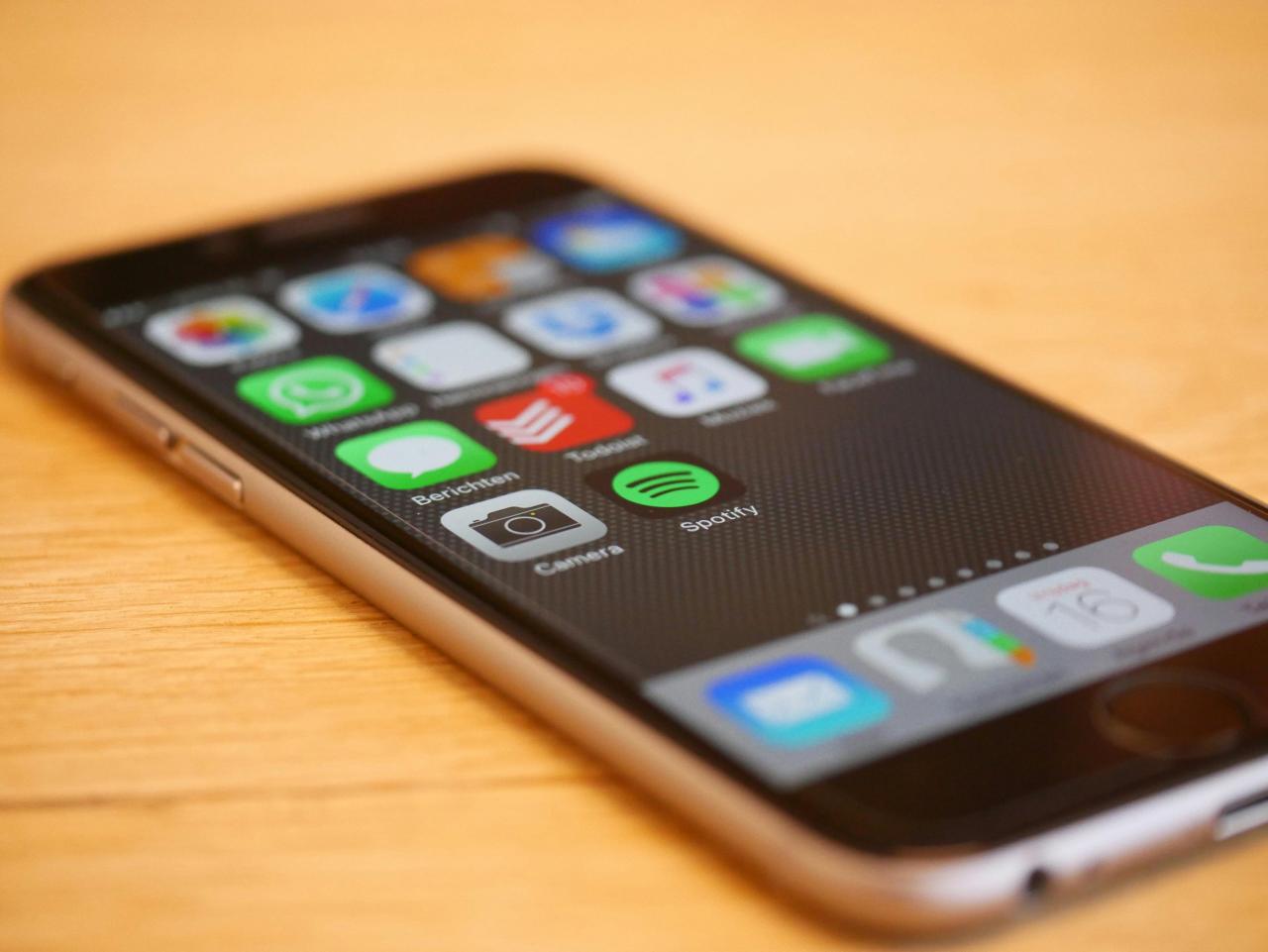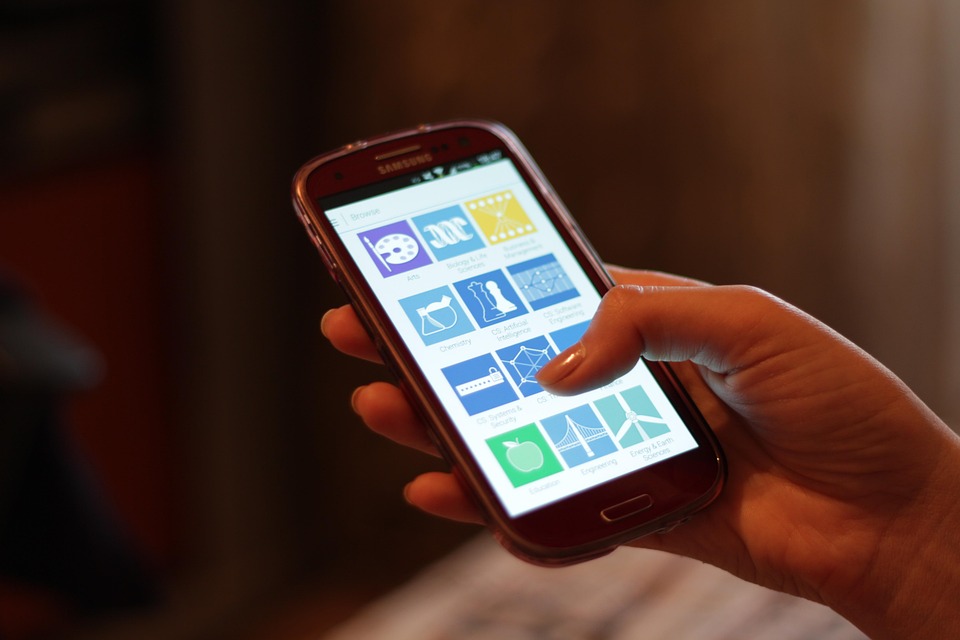Screen Time: Strategies for Managing Digital Addiction and Focus

The pervasive, inescapable presence of digital technology—particularly the smartphone, the tablet, and the ever-present laptop—has created an unparalleled era of convenience, instant information, and constant global connectivity. These sophisticated devices are no longer passive tools. They have profoundly evolved into essential, seamless extensions of our professional lives, our social interactions, and our personal identity.
This technological immersion, while offering immense functional benefits, exacts a hidden and severe psychological toll. It results in the gradual erosion of our attention span, the profound fragmentation of personal time, and a significant detriment to long-term mental and physical health.
Managing Screen Time and Addiction is the crucial, specialized discipline dedicated entirely to understanding and actively mitigating the negative psychological and physiological impacts of this continuous digital connectivity. It establishes the necessary behavioral and technological practices. These practices are meticulously designed to ensure that technology remains a powerful servant, rather than evolving into a demanding, detrimental master.
Understanding the core psychological mechanisms, the essential strategies for setting firm boundaries, and the proactive methods for achieving sustainable digital well-being is absolutely non-negotiable. This knowledge is the key to reclaiming focus, improving sleep health, and securing genuine, lasting emotional balance in the hyper-connected twenty-first century.
The Psychological Mechanism of Digital Dependency
The human brain is fundamentally ill-equipped to handle the relentless, 24/7 demands of the modern digital environment without suffering severe side effects. Our devices and the applications they run are meticulously engineered by behavioral scientists to maximize user engagement and screen time. They utilize sophisticated notification systems, variable reward schedules, and personalized algorithmic feeds to trigger a continuous, powerful release of the neurotransmitter dopamine. This structural design creates a compelling, chemically reinforcing feedback loop that drives compulsive checking behavior.
This constant bombardment of notifications, alerts, and updates severely impairs the brain’s capacity to maintain sustained, deep focus. Attention is perpetually fragmented into small, rapidly shifting units of time and cognition. This fragmentation makes high-value work—complex problem-solving, analytical thinking, and creative synthesis—increasingly challenging to execute consistently. The mind exists in a state of perpetual, low-level distraction and executive overload.
The intense pressure to remain constantly available and the fear of missing social updates drives Fear of Missing Out (FOMO). This pervasive anxiety disorder is directly fueled by social media and instant messaging platforms. Users feel an overwhelming compulsion to check their devices continuously. They are driven by the anxiety that valuable information, social connection, or professional opportunity is being missed in real-time. This manufactured anxiety keeps the user perpetually tethered to the device.
The long-term psychological consequence of this dependence is profound. It includes heightened levels of stress, chronic anxiety, increased irritability, and a measurable degradation of overall life satisfaction. Digital well-being addresses the necessary structural and behavioral changes required to successfully break this compulsive cycle. The strategic goal is to restore complete control over one’s own time and mental space.
Strategies for Setting Digital Boundaries

Effective management of screen time begins with establishing clear, proactive, and strictly enforceable digital boundaries. Simply intending to reduce time spent online is proven to be insufficient. Strategic, structural changes to both the physical environment and the internal schedule are necessary to modify ingrained, compulsive digital behaviors.
A. Digital Blackouts and Curfews
Digital blackouts are planned, non-negotiable periods where access to all non-essential devices or applications is strictly restricted. The most critical blackout period should be the final hour before sleep and the first hour upon waking. Exposure to blue light and stimulating content severely disrupts the production of the sleep hormone melatonin. Establishing a firm, consistent technology curfew improves overall sleep health significantly.
B. Aggressive Notification Curation
Aggressive notification curation is essential for securing cognitive clarity. Notifications are the primary, most powerful mechanism used by applications to hijack user attention. Users should ruthlessly disable all non-essential application alerts and sounds immediately. The focus must be on limiting notifications strictly to messages from immediate personal contacts or mission-critical professional alerts. Minimizing unnecessary external interruptions restores crucial, sustained cognitive control.
C. Creating Phone-Free Zones
Establishing designated phone-free zones in the physical home environment is a crucial strategy for reclaiming personal connection and focused presence. The dining table should be a mandatory no-phone zone to encourage mindful eating and deeper family social interaction. The bedroom must be a non-negotiable device-free sanctuary to ensure restorative, high-quality sleep. This physical boundary strategy combats digital compulsion effectively.
D. Scheduled Check-Ins (Batch Processing)
The most productive behavioral strategy is replacing continuous monitoring with scheduled check-ins or batch processing. Email, social media, and news feeds should be accessed only at two or three fixed, dedicated times during the workday. This disciplined approach protects long blocks of high-value focus time. It ensures that the external demands of the inbox do not dictate the user’s internal priorities.
Tools for Focus and Time Management

Technological tools provide the necessary, specialized defense mechanisms to help users adhere to their established boundaries. These software shields enforce discipline and automate the blocking of digital distractions. The right tool supports the right behavioral change.
E. Website and Application Blockers
Website and Application Blockers are fundamental tools for focus. These programs allow the user to create customized lists of time-wasting, non-essential websites (e.g., streaming services, news feeds) and social applications. The software then imposes a strict, fixed-duration block on access to these listed distractions during planned work blocks. This digital enforcement mechanism prevents the user from engaging in impulsive browsing.
F. Time Tracking and Auditing
Time Tracking and Auditing Tools (e.g., RescueTime, time-management apps) provide crucial data-driven self-awareness. These applications run passively in the background. They meticulously track the exact amount of time spent on productive versus distracting activities. The resulting objective data report provides vital self-awareness. This clarity is the necessary first step toward implementing targeted, disciplined behavioral change.
G. Utilizing Focus Modes
Operating system (OS) features like “Focus Modes” or “Do Not Disturb” settings are powerful tools. They allow the user to instantly silence all notifications and restrict communication to a pre-selected list of critical contacts. This immediate, high-level setting creates a strong, defined digital boundary. Utilizing these modes during planned deep work blocks prevents all sudden interruptions.
H. The Pomodoro Technique
The Pomodoro Technique is a highly popular, simple time management method. It uses short, fixed intervals of intense, focused work (typically 25 minutes) followed by brief, scheduled rest periods (typically 5 minutes). This structured cycling prevents mental fatigue. It makes complex tasks feel manageable. The technique is often implemented using specialized mobile or desktop timer apps.
Psychological and Long-Term Wellness
The benefits of managing screen time and digital addiction are profound and generate measurable, long-term improvements in psychological stability, functional capacity, and overall quality of life. The experience of disconnection is an investment in future well-being. The long-term goal is intentionality.
I. Restored Attention Span
The intentional removal of constant digital interruption allows the brain to actively restore its capacity for sustained attention and deep work. Individuals often report returning from a successful detox with enhanced focus, improved creativity, and greater problem-solving capacity. This cognitive restoration directly translates into superior professional performance and reduced errors.
J. Enhanced Emotional Regulation
Reducing external digital stimulation lowers the overall baseline level of anxiety and cognitive stress. Guests undergoing a detox often experience enhanced emotional regulation. They become less reactive to minor stressors. They are significantly more present and engaged in their real-world social interactions. This stability profoundly improves both personal and professional relationships.
K. Improved Sleep Health
The strict enforcement of a digital curfew and the reduction in blue light exposure lead to a significant, measurable improvement in sleep quality. Restorative sleep is essential for complex memory consolidation and continuous physical repair. Improved sleep quality is the ultimate foundation for managing mental resilience and fighting chronic stress.
L. Intentional Technology Use
The ultimate objective is establishing intentional technology use. The period of disconnection provides the necessary distance for the individual to re-evaluate their compulsive habits. Users return to their devices. They use technology strictly as a tool that serves their goals, rather than as a master that dictates their time, attention, and emotional state. This strategic control restores personal digital sovereignty.
Conclusion
Managing Screen Time and Addiction is the critical discipline for securing cognitive clarity and focus in the digital age.
The strategic goal is to actively counter the constant stream of digital notifications that fragments attention and causes severe cognitive overload.
Effective boundaries, including strict digital blackouts and curfews, are necessary to protect the crucial, restorative period before sleep.
Time tracking and auditing tools provide the objective self-awareness required to identify and target specific, time-wasting behavioral patterns for change.
The Pomodoro Technique and the strategic batching of tasks are powerful cognitive methodologies that train the mind to sustain deep, concentrated work.
Dedicated application blockers and OS focus modes are the technological shields that enforce discipline against external digital interruptions and temptations.
The necessary psychological safety gained from digital detachment allows the brain to restore its capacity for sustained attention and complex problem-solving.
Improved sleep health, resulting from the cessation of blue light and digital stimulation, is the ultimate foundation for enhanced mental resilience.
Mastering the discipline of proactive disconnection is the non-negotiable key to minimizing anxiety and maximizing professional, high-value output.
The strategic commitment transforms the relationship with devices, ensuring technology remains a servant to human goals, not the reverse.
Digital Well-being stands as the final, authoritative guarantor of a focused, productive, and profoundly balanced life in the 21st century.
This disciplined approach is the key to securing long-term psychological health and professional stability against the pressures of constant connectivity.